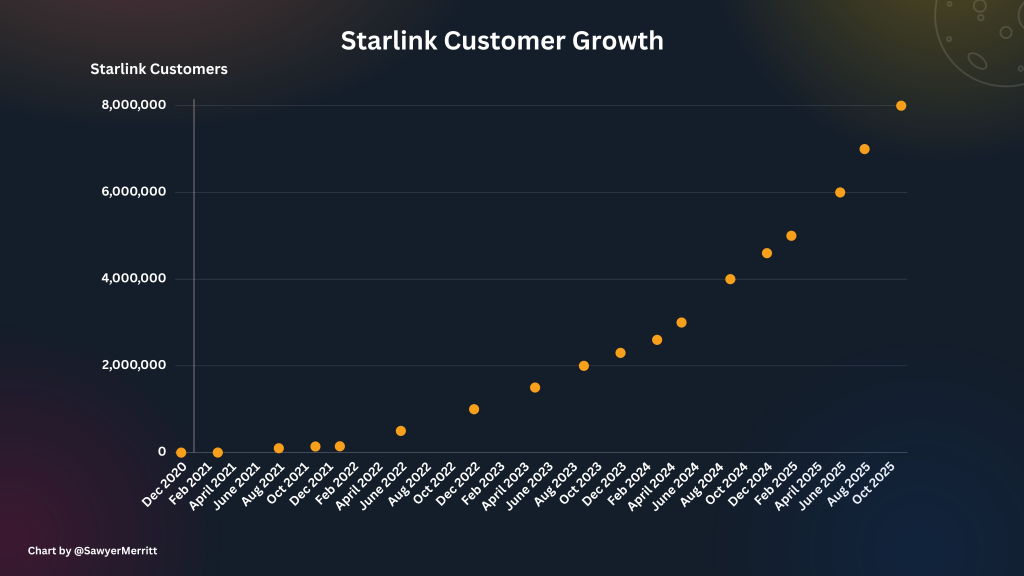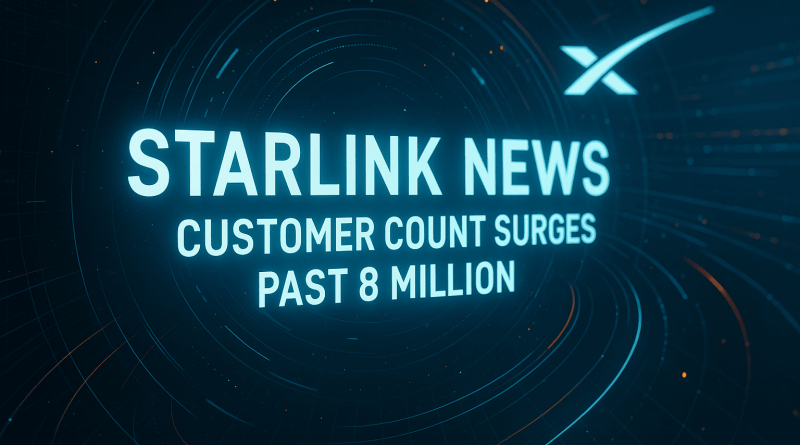Starlink News: Customer Count Surges Past 8 Million
- According to Sawyer Merritt, Starlink recently hit the 8-million-customer milestone, continuing a remarkable run that’s transforming how people access the internet. While there are no new tax proposals tied to this announcement, the company’s rapid expansion has gotten people talking about whether regulators might eventually step in with new rules or taxes for large digital infrastructure companies. If that happens, experts warn it could mean higher costs, slower investment, and even companies moving operations to friendlier markets.

- Looking at how other fast-growing tech sectors have handled similar situations, sudden tax changes often backfire when companies pull back on spending. Industry groups have typically pushed back by suggesting higher profit taxes instead of infrastructure-based ones, arguing that taxing profits lets governments collect revenue without slowing down network expansion or innovation. This approach also helps everyone plan better for the long term by keeping investment steady.
- When it comes to regulatory discussions, any proposed changes like this tend to affect jobs, income tax collections, and corporate taxes. With Starlink growing this fast, these impacts matter even more—satellite production, ground stations, logistics, and installation services are all creating jobs and pumping tax dollars into regions that support the satellite internet ecosystem.
- In his update, Sawyer Merritt noted that Starlink is expanding faster than ever before. After reaching 7 million users in August, the service started adding about 14,250 new customers daily—up from a previous record of 12,200. That’s a 17% jump in just two months. Starlink went from 6 million customers in June 2025 to over 8 million by October, with the growth chart showing an almost exponential climb.
- As SpaceX keeps pushing Starlink forward at this historic pace, it’s cementing its spot as the world’s top satellite internet provider—while also putting a spotlight on the regulations that could shape the future of fast-growing digital infrastructure.



